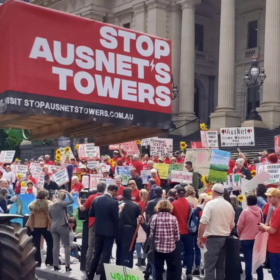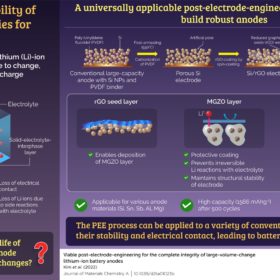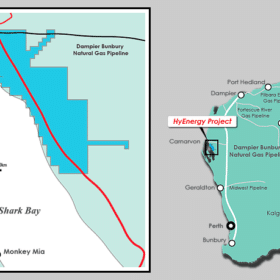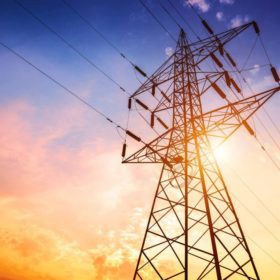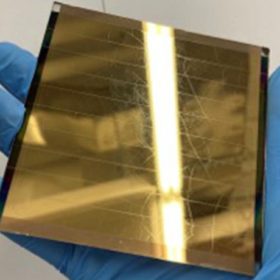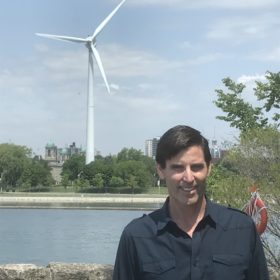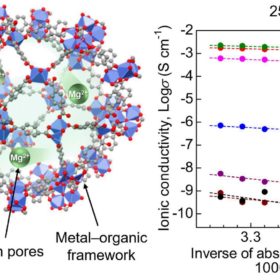Research team unveils high-efficiency coloured BIPV panels
Researchers in China have reported a colourisation strategy for solar based on photonic glass. They created solar panels that took on blue, green, and purple hues, while only dropping the efficiency of power generation from 22.6% to 21.5%.
‘Likely to further dilute trust’: misunderstanding community opposition to transmission lines
As community opposition to overhead transmission line grows, the Victoria-based Energy Grid Alliance has released a report imploring the energy industry to better understand why the phenomenon is gaining momentum – positing the ‘talk to them early and pay them more’ approach will only further decay the situation. Instead, the group says real attention needs to be paid to social license and ensuring environmental and socioeconomic impacts of chosen transmission corridors are considered from the get-go.
Universal method to improve lifespan of lithium-ion batteries
Researchers at the Gwangju Institute of Science and Technology (GIST) have developed a broadly applicable and versatile post-electrode-engineering process. It can be applied to a range of conventional anodes to improve their stability.
8 GW HyEnergy Project in WA clears another milestone
A study into exporting green hydrogen from the 8 GW HyEnergy hydrogen Project in Western Australia’s Gascoyne region without an onshore port has found it to be both commercially and technically feasible.
Australia’s energy prices set to remain high until 2026
In a bit more bad news for everyone already struggling with the current energy crisis, modelling from Cornwall Insight Australia forecasts that prices will remain at increasingly high levels for the next three years, after which they will flatten but are not likely to lose their volatility in the longer term.
Light-scattering structures to boost solar performance
An international team of scientists developed a nanoparticle structure which, when added to a solar cell, was shown to scatter light and potentially reflect it many times within the cell, contributing to a noticeable jump in current.
Study finds 100% renewables would pay off within six years
New research from Stanford University researcher Mark Jacobson outlines how 145 countries could meet 100% of their business-as-usual energy needs with wind, water, solar and energy storage. The study finds that in all the countries considered, lower-cost energy and other benefits mean the required investment for transition is paid off within six years. The study also estimates that worldwide, such a transition would create 28 million more jobs than it lost.
Magnesium superionic conductor for lithium-free solid-state batteries
Scientists in Japan have developed a novel metal-organic, framework-based magnesium ion conductor with superionic conductivity, even at room temperature.
Rechargeable silicon redox battery for renewable energy storage
Israeli researchers have developed a device that combines a reversible Si anode with halide cathodes and uses hybrid electrolytes to enable cell recharging. In the proposed system configuration, silicon is dissolved during the battery discharge process, and upon charging, elemental silicon is deposited.
Solar is the cheapest power, and a literal light-bulb moment showed us we can cut costs and emissions even further
New research suggests we might be able to rethink the type of silicon needed to make high-efficiency solar cells, say researchers from the CSIRO, UNSW and Oxford University.

